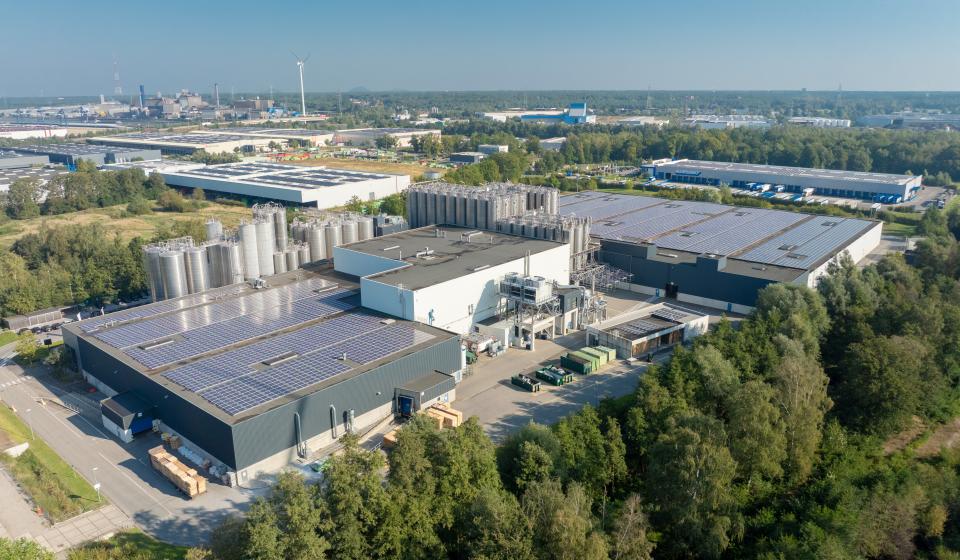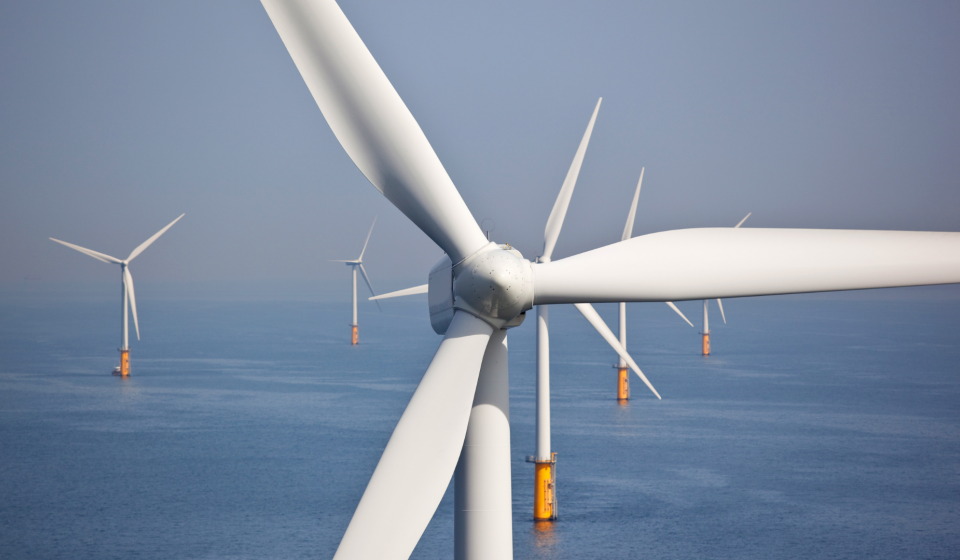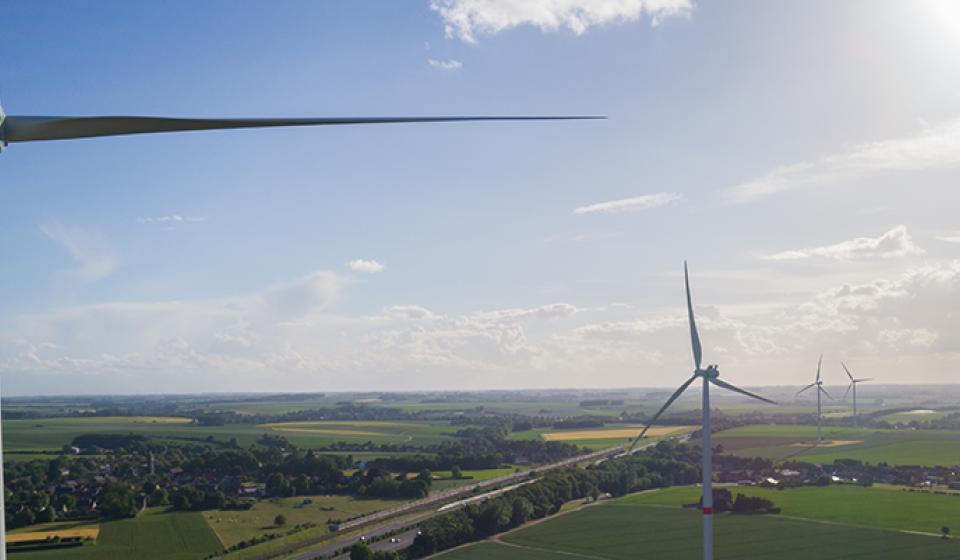Biomethane
ENGIE had already been active internationally in the field of biomethane development for some time, and reached a new milestone in 2024 with the acquisition of its first production unit on Belgian soil: Biogas Bree. This facility already supplies nearly 6,000 households with biomethane — also called green gas!
With this acquisition, ENGIE reaffirms its ambition: to produce 10 terawatt-hours of biomethane per year in Europe by 2030. A local and renewable energy, essential for building a decarbonized society. Biomethane strengthens the reliability of the energy system, reduces our dependence on imports, and facilitates the integration of intermittent renewable energies such as solar and wind.
What is biomethane?
Biomethane is a renewable gas obtained by fermenting organic waste from households, agriculture, or industry. With a carbon footprint 8 times lower than natural gas, it offers a sustainable and ecological alternative to meet energy needs.
Key figures
6,000 families
85,000 tons of biomass
68 GWh
10 terawatt-hours
How is biomethane produced?
Biomethane production involves three key steps: raw material recovery, methanization, and biogas purification. Once purified, biomethane is reinjected into the gas networks.
Want to know more?
Articles and press releases

Borealis Transforms Company Parking Lots into Solar Farms in Collaboration with ENGIE

Sabic inaugurates world's largest circular solar installation of its kind in Genk

ENGIE is part of a strategic consortium to pursue the offshore wind Princess Elisabeth concessions in Belgium
